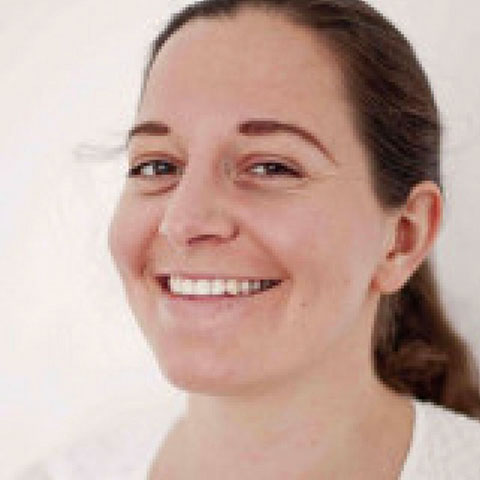KLI Colloquia are invited research talks of about an hour followed by 30 min discussion. The talks are held in English, open to the public, and offered in hybrid format.
Fall-Winter 2025-2026 KLI Colloquium Series
Join Zoom Meeting
https://us02web.zoom.us/j/5881861923?omn=85945744831
Meeting ID: 588 186 1923
25 Sept 2025 (Thurs) 3-4:30 PM CET
A Dynamic Canvas Model of Butterfly and Moth Color Patterns
Richard Gawne (Nevada State Museum)
14 Oct 2025 (Tues) 3-4:30 PM CET
Vienna, the Laboratory of Modernity
Richard Cockett (The Economist)
23 Oct 2025 (Thurs) 3-4:30 PM CET
How Darwinian is Darwinian Enough? The Case of Evolution and the Origins of Life
Ludo Schoenmakers (KLI)
6 Nov (Thurs) 3-4:30 PM CET
Common Knowledge Considered as Cause and Effect of Behavioral Modernity
Ronald Planer (University of Wollongong)
20 Nov (Thurs) 3-4:30 PM CET
Rates of Evolution, Time Scaling, and the Decoupling of Micro- and Macroevolution
Thomas Hansen (University of Oslo)
RESCHEDULED: 18 Dec (Thurs) 3-4:30 PM CET
Chance, Necessity, and the Evolution of Evolvability
Cristina Villegas (KLI)
8 Jan 2026 (Thurs) 3-4:30 PM CET
Embodied Rationality: Normative and Evolutionary Foundations
Enrico Petracca (KLI)
15 Jan 2026 (Thurs) 3-4:30 PM CET
On Experimental Models of Developmental Plasticity and Evolutionary Novelty
Patricia Beldade (Lisbon University)
29 Jan 2026 (Thurs) 3-4:30 PM CET
Jan Baedke (Ruhr University Bochum)
Event Details

Topic description / abstract:
Caesarean section rates have been rising in most middle and high-income countries worldwide. The World Health Organization advises against overuse of C-sections, and recommends a population-wide C-section rate of 10-15% as optimal. There is broad agreement that the recent steep increase in C-section rates, to levels of 50% in some countries and higher, is largely due to non-medical drivers. However, trends in the maternal population that might contribute to the increase have been largely ignored when evaluating C-section use. Here I present evidence for an evolutionary and a demographic effect that contribute to increasing C-section rates. I show results from a mathematical model and from a population-based study using 24 years of individual-level data from Austria. Based on these findings, I argue that health politicians and managers must keep in mind that the maternal population is not static when aiming at reducing unnecessary C-section use.
Biographical note:
Barbara Fischer is a postdoctoral fellow at the KLI and lecturer at the University of Vienna. She is an evolutionary biologist with a background in mathematics. Her main research interest is the evolution of human childbirth and pelvic morphology. She studied biology and mathematics at the University of Vienna, Austria and at University College Cork, Ireland, and completed her PhD in theoretical biology at the University of Berne, Switzerland. As a PhD student, she was also a research assistant at the International Institute of Applied Systems Analysis (IIASA) in Laxenburg. She subsequently worked as a post-doc at the University of Oslo, Norway, on topics in evolutionary theory. Beyond her research, she writes popular science articles for a general audience and has published a textbook for high school biology.


